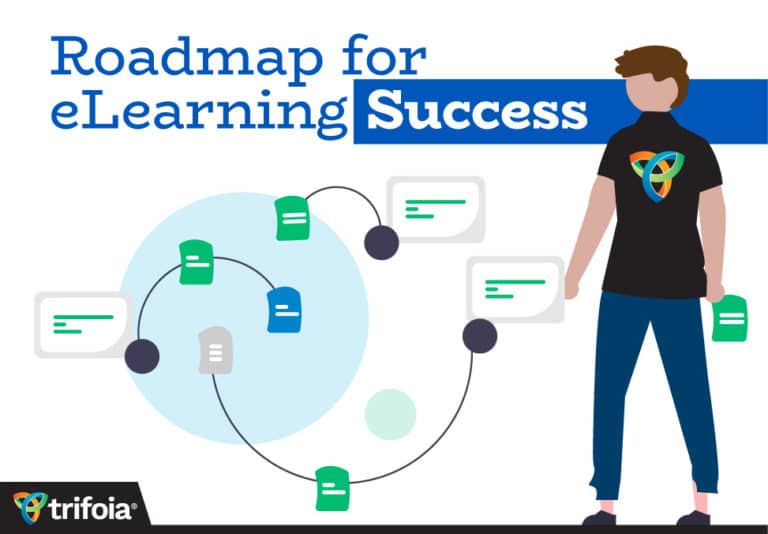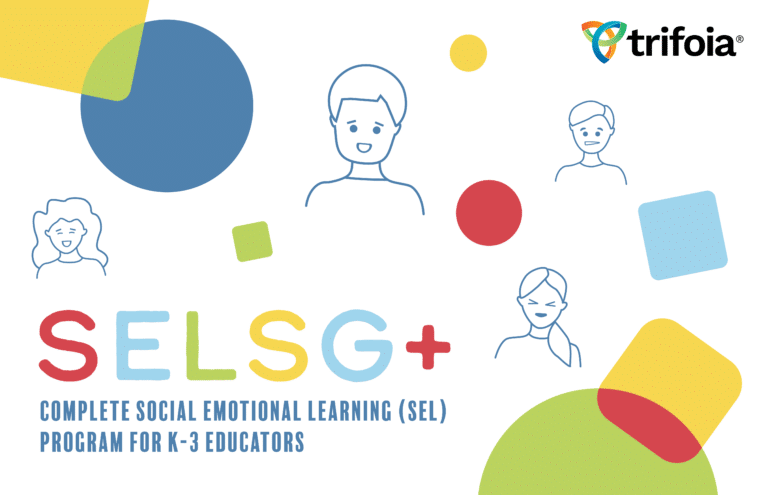A few years back, we needed to improve our accounting department’s technical proficiency with our new bookkeeping software. We had several options available. We could send staff to off-site training, which included expenses for travel, accommodations, training fees, and staff time. Or, we could hire an expert consultant to provide onetime on-site workshops. Both options were going to be expensive propositions. We evaluated the return on our investment and, in the short term, both options penciled out. Unfortunately, the long term value of these training options didn’t add up. It was a tight job market, much like the one we have now, and there was a concern that by training our employees, we were going to make them an attractive hire for other companies. After training, the odds that they would leave meant we would have to hire for the vacant positions and incur the repeated expense of training new staff.
The question of whether we should providing training opportunities to our employees was not the issue.
We were not concerned about our employees leaving for better opportunities after we provided them with valuable training. That happens. Instead, we were worried that if we didn’t train them, they would stay and continue or become ineffective in their positions. The problem was, how do we develop and deliver cost-effective training materials that are always available for new staff, continue to be relevant year after year, and ultimately have a long term impact on our bottom line?
The answer: eLearning.
eLearning, online training, web-based training, digital training, online professional development— whatever your industry has decided to call it—has advantages that cannot be overlooked. Don’t think for a minute that eLearning is a silver bullet that will save you a ton of money and resources up front, because it won’t. eLearning has a lot more upfront costs, but that investment pays off over time.
There are three important advantages to eLearning. First, eLearning is accessible by diverse groups of trainees at any time. Second, eLearning can be designed with engaging content and activities to ensure the learner gets the most from the training materials. Third, eLearning is enduring because the format allows for content to be updated as organizations change systems and processes.

Accessible
As I mentioned earlier, the inevitability of staff turnover produces the need for training. Consultant and seminar training is dependent on the availability of an outside contractor. To hire a consultant or attend a seminar requires that those resources are available when you need them. Whether you are a rural-based business or operating in a populated resource-filled urban environment, contracting and scheduling training time with outside providers can leave a knowledge gap for some time amongst your staff. After recruiting for a position, the ideal situation would be to get that new hire on-boarded as quickly as possible. Using outside consultants or seminars to conduct training could take weeks or months. On the other hand, eLearning ensures that an organization can immediately onboard new employees because eLearning is available 24 hours a day, seven days a week, 365 days a year. Whether your onboarding involves how to run a laser cutter in the factory or ensuring your sales team tracks leads and opportunities in your CRM consistently, an eLearning course is available.
Engaging
In-person training, professional conferences, and seminars can be fun, especially when they are in Vegas, New Orleans, or Hawaii. Unfortunately, only a small percentage of the training ends up making it into practice once employees return to the office.
Take this scenario. A medium-sized manufacturer can afford to send only 10% of its staff—a middle manager and three warehouse staff—to a regional conference to learn new software for inventory management. When the four attendees return to the office, they are responsible for training their co-workers and implementing the new software and procedures. Unfortunately, they lack the time, resources, and teaching skills needed to make this happen. Additionally, the attendees remember only 50% of what they learned at the conference, and due to the forgetting curve, that number decreases every day.
Knowledge retention, the availability of time/resources, and the capabilities of the four attendees to teach now stand as limitations to the manufacturing company getting the most out of sending them to the conference. Sure, everyone had a good time, learned some new skills, and came back inspired, but unfortunately, that is where the success ended.
Alternatively, let’s imagine that instead of sending four employees, only the middle manager attended the conference. She returns to the office and distributes an eLearning course for other staff and directs her attention to coaching any employees who struggle to learn the new software. This approach provides the complete training resources in a format that ensures each employee learns the knowledge and skills cost-effectively. The training can be tracked and assessments can be provided to ensure accountability to the learning objectives. Ultimately, more value is gained with a faster return on investment.
Enduring
“Five years ago we developed training materials to onboard our staff, and those resources are still as relevant today as they were when we created them,” said no one ever. Employee training is not a one-time event. It is a continuum of effort that involves provisioning resources, regularly updating training materials, and scheduling time for staff.
eLearning provides organizations with a central location to house all available training resources. This central location easily allows an organization to update and distribute materials when changes are needed. Whether adding a new piece of equipment in the factory, using new software in operations, or familiarizing sales staff with new product offerings, eLearning allows organizations to quickly add and subtract content from existing courses and create new courses when needed.
With eLearning, there are no outdated three-ring binders of training materials propping open doors or sitting on each employee’s desk gathering dust.
Conclusion
Though it can be difficult to measure the return on investment for staff training, the cost is high and the outcome can be impacted by several variables such as expense, instructor competence, and scheduling.
With eLearning, an organization can ensure training materials are accessible whenever they are needed, engaging enough to ensure company staff learn the skills, and enduring with easily updatable content that is consistent and focused on organizational needs. You may have to spend a bit more upfront, but in the long run, you will see increased output and significant savings in time and money.






